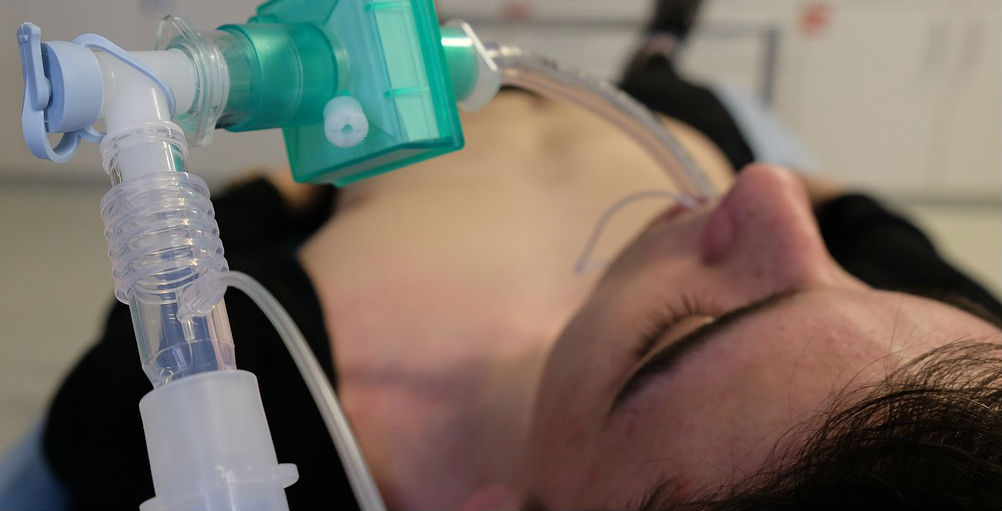Breathing Tube Mistakes with Hospital Patients

In a dire medical emergency, patients may be given a breathing tube to help save their lives. However, mistakes made by medical professionals while inserting breathing tubes have actually led to tens of thousands of avoidable patient deaths a year.
During a serious illness, patients often are intubated. In this process, an endotracheal tube is inserted into the patient’s airway. That tube is attached to a ventilator that helps the patient breathe. Examples include patients with a brain injury, pneumonia, COPD or respiratory failure. Patients undergoing anesthesia or who need to be sedated for other reasons may also be intubated.
What is Patient Intubation?
The process can be lifesaving. Often times the patient is sedated when the tube is inserted. A small balloon is inflated to keep the tube in place and the patient breathing freely.
When a patient is deemed healthy enough to breath on their own – either following surgery or convalescing after a serious illness – the patient is extubated. The breathing tube is removed by a doctor or nurse. This is known as a planned extubation.
Deaths Caused by Intubation Errors
But intubation and extubation are not always performed correctly, and patients can suffer greatly.
According to the Society of Airway Management, mistakes during the intubation process threaten the lives of 121,000 hospital intensive care unit patients annually in the United States. More than 33,000 adult patients die from such errors – called unplanned extubations – each year. SAM also reports over 50,000 annual deaths in total from unplanned breathing tube removals.
Unplanned extubations at the minimum can needlessly lengthen a patient’s hospital stay. SAM reports that such medical errors increase an adult’s hospital stay on average from between nine and 18 days. For pediatric patients, it is averaging anywhere between nine and 51 extra days in a hospital.
A recent study, “Unplanned Extubation in the Neonatal ICU: A Systematic Review, Critical Appraisal, and Evidence-Based Recommendations.“ examined how often unplanned extubations occur, why they occur, and the resulting harm to patients. According to that research, 7% percent of patients intubated in intensive care units suffer from an unexpected extubation errors.
It’s even more prevalent in young ICU patients. The study found 18% of neonatal ICU patients experienced a potentially harmful unplanned extubation.
Unplanned Extubations Largely are Preventable
Unplanned extubations are considered by many experts the most common – yet preventable – mistake in hospital intensive care units. They can be the result of the healthcare provider inserting the breathing tube incorrectly. When this happens, a patient’s movement or even a bump during stretcher transportation can dislodge the tube. If not reinserted correctly, or if the unplanned breathing tube removal goes unnoticed, a patient’s life may be in danger.
SAM notes that many hospitals don’t keep track of their unplanned extudations, despite their potential for significant patient harm. So it recommends that:
- Hospitals take an inventory of their breathing tube problems. If the rate is out of the ordinary, establish goals to lower the rate.
- Hospital administration provide the necessary resources for meeting these goals
- Hospitals develop a proactive plan to track unplanned extubations and establish preventive measures to reduce them.
When hospitals and their healthcare providers make avoidable mistakes that severely injure or lead to the death of their patients – such as unplanned extubations – they should be held accountable. If you believe you or a family member were the victim of a serious medical error, contact an attorney experienced in handling medical malpractice claims.
The choice of a lawyer is an important decision that should not be based solely on advertisements.
Authored by Gray Ritter Graham, posted in Articles September 27, 2019
